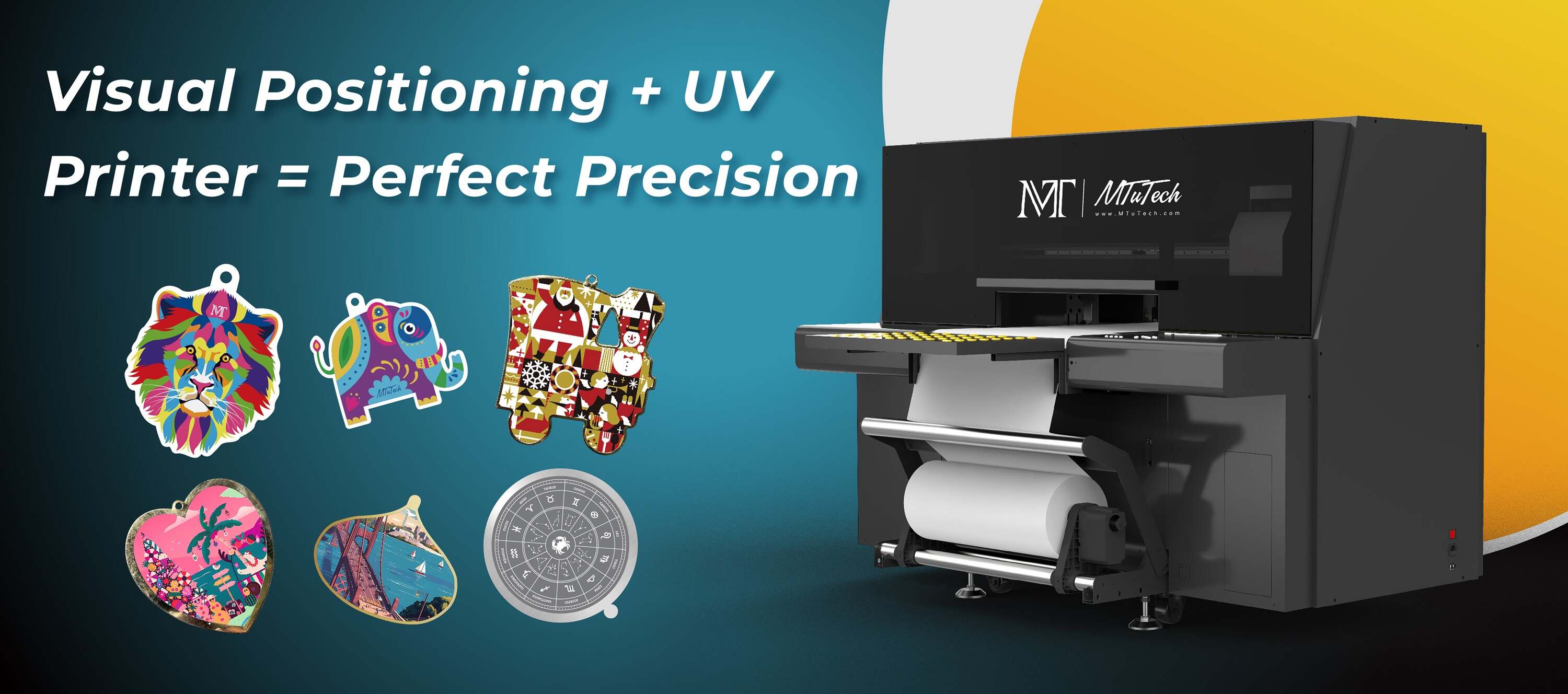 How to Extend the Life of Your Visual Positioning Camera
How to Extend the Life of Your Visual Positioning Camera
Introduction
Visual positioning cameras have become indispensable tools in various industries, including manufacturing, logistics, and retail. These cameras provide essential data that enhance accuracy in positioning and navigation, thus improving operational efficiency. However, like any technological equipment, they require proper care and maintenance to ensure longevity and optimal performance.
This blog post will discuss practical ways to extend the life of your visual positioning camera, ensuring it remains reliable and effective for years to come.
Understanding Visual Positioning Cameras
Before diving into maintenance, it’s crucial to understand what visual positioning cameras are and how they work. These cameras utilize advanced image processing technology to capture images and assist in the precise positioning of materials or products. They are critical for applications like automated guided vehicles (AGVs) and inventory management systems.
Given their role, any malfunction or decline in performance can disrupt operations and incur additional costs. Thus, regular maintenance is key to maximizing your investment.
Benefits of Proper Maintenance
Implementing systematic maintenance practices can yield numerous benefits:
·
Increased Lifespan: Regular servicing and proper care can significantly extend the useful life of your camera.
·
·
Cost Efficiency: Preventive maintenance can reduce the likelihood of expensive repairs or replacements.
·
·
Enhanced Performance: A well-maintained camera will provide more accurate data, leading to improved decision-making.
·
·
Minimized Downtime: Regular checks can prevent unexpected failures that could halt workflow.
·
Best Practices for Extending Camera Life
1. Regular Cleaning
Dust, dirt, and grime can accumulate on the camera lens, affecting image quality and performance. To keep your camera functioning at its best:
·
Use a soft microfiber cloth to gently wipe the lens.
·
·
Employ specialized lens cleaning solutions designed for optical devices.
·
·
Ensure the camera housing is free from debris and contaminants.
·
2. Appropriate Storage
When not in use, storing your visual positioning camera properly is essential to avoid damage:
·
Store the camera in a protective case to shield it from physical impacts.
·
·
Keep it in a cool, dry place to prevent moisture build-up, which can damage internal components.
·
·
Avoid locations with extreme temperature fluctuations.
·
3. Firmware and Software Updates
Keeping your camera's firmware and software updated is crucial for ensuring optimal functionality. Manufacturers regularly release updates that can enhance performance, add features, and fix bugs:
·
Check for updates regularly via the manufacturer's website or support portal.
·
·
Follow the provided instructions carefully during the update process.
·
4. Regular Inspections
Conducting routine inspections can help identify minor issues before they escalate into major problems:
·
Check for loose connections and ensure all cables are secure.
·
·
Inspect the mountings to ensure the camera is stable and aligns correctly.
·
·
Test the camera’s functionality periodically to ensure it captures images accurately.
·
5. Protect from Environmental Factors
Your visual positioning camera may be exposed to harsh environments. Protecting it from environmental factors can help extend its life:
·
Use protective enclosures that are dustproof and waterproof, especially in outdoor or industrial settings.
·
·
Be mindful of extreme temperatures—excessive heat can damage internal components.
·
·
Ensure proper ventilation if the camera is used in enclosed spaces to prevent overheating.
·
6. Use the Camera as Intended
Understanding the limits of your visual positioning camera is key in preventing unnecessary wear and tear:
·
Follow the manufacturer’s guidelines for operation and avoid exceeding the recommended usage limits.
·
·
Be cautious of rapid movements or harsh handling during operation.
·
·
Train staff to use the camera properly to minimize potential accidents.
·
7. Consult Professionals for Repairs
In the event of malfunction or damage, always consult professionals for repairs:
·
Attempting DIY repairs can lead to more significant issues or void warranties.
·
·
Go for certified service centers that specialize in visual positioning cameras.
·
Investing in Quality Equipment
When purchasing a visual positioning camera, opt for reputable brands known for durability and performance. Investing in high-quality equipment initially may save you from frequent replacements or repairs down the line. For those interested, explore our high-quality Visual Positioning UV printers here to make a wise investment in your visual positioning needs.
Conclusion
Extending the life of your visual positioning camera requires a commitment to proper maintenance and care. By following the practices outlined in this blog, you can ensure that your camera remains a reliable asset in your operational toolkit. Regular cleaning, appropriate storage, timely updates, and professional support will significantly contribute to your camera's longevity and performance.
By treating your technology with respect and diligence, you will not only prolong its lifespan but also enhance its performance, ultimately leading to more significant productivity gains and cost savings.
FAQ
How often should I clean my visual positioning camera?
It is recommended to clean your camera at least once a month or more frequently if it is used in dusty or dirty environments. Regular cleaning helps maintain image quality and functionality.
Can temperature fluctuations damage my camera?
Yes, extreme temperature fluctuations can affect the internal components of your camera. It is essential to store and operate the camera within the recommended temperature range to prevent damage.
What should I do if my camera stops functioning?
If your camera stops functioning, perform basic troubleshooting such as checking connections and ensuring power supply. If the issue persists, consult a certified technician for repair.
Is there a warranty for visual positioning cameras?
Most manufacturers provide a warranty for their visual positioning cameras. The duration and coverage can vary, so it is crucial to read the warranty terms before purchasing.
How can I tell if my camera needs servicing?
Signs that your camera may need servicing include poor image quality, frequent malfunctions, or if it no longer aligns correctly. Regular inspections can also help identify potential issues early.
